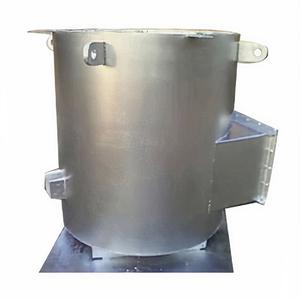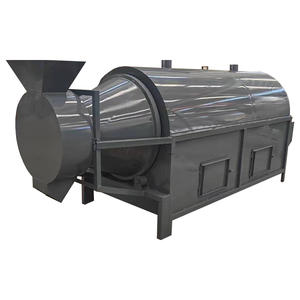Obtaining a heavy machinery license is a critical step for individuals seeking a career in construction, mining, logging, material handling, or related industries where operating powerful equipment is fundamental. As a mechanical engineer deeply involved with the design, maintenance, and operational safety of such equipment, I emphasize that proper licensing is not merely a bureaucratic hurdle; it is an essential safeguard ensuring operator competence, worksite safety, and equipment longevity. The process involves structured training, rigorous assessment, and ongoing commitment to safety protocols. Here’s a professional overview of the typical pathway to acquiring a heavy machinery license.
(How To Get A Heavy Machinery License)
The term “heavy machinery” encompasses a broad range of equipment, including but not limited to excavators, bulldozers, wheel loaders, motor graders, cranes (mobile, tower, overhead), forklifts (especially high-capacity), articulated dump trucks, pavers, and compactors. Licensing requirements vary significantly by jurisdiction (country, state/province) and the specific type of machinery. Therefore, the initial step is precise identification of the equipment you intend to operate and the relevant governing body issuing the license or certification. Common authorities include Occupational Safety and Health Administration (OSHA) aligned programs in the United States, often administered through accredited third-party trainers, or specific provincial bodies in countries like Canada.
Fundamental prerequisites usually exist. Applicants must typically meet a minimum age requirement, often 18 years old. Possessing a valid driver’s license is frequently necessary, particularly for mobile equipment. Demonstrating adequate physical fitness and medical capability to safely control the machinery is paramount, sometimes requiring a medical examination. Basic literacy and comprehension skills are essential for understanding complex manuals, safety procedures, and operational instructions.
Formal, accredited training is the cornerstone of licensure. Reputable programs combine comprehensive classroom instruction with extensive hands-on practical experience under qualified instructors. Classroom components cover critical topics: in-depth understanding of machine components, hydraulic and electrical systems, operational principles, stability and load dynamics (crucial for lifting equipment), pre-operational inspections, safe startup and shutdown procedures, site hazard recognition and mitigation, understanding load charts (for cranes), communication protocols, and emergency response procedures. Thorough grounding in relevant safety regulations, such as OSHA standards in the US, is mandatory.
The practical, hands-on segment is where theoretical knowledge is applied. Trainees learn and practice fundamental operating techniques specific to the machine type – maneuvering, digging, lifting, grading, loading, dumping – on controlled training grounds. Emphasis is placed on developing spatial awareness, smooth control inputs, mastering machine-specific controls and instrumentation, and consistently applying safe operating procedures in simulated work environments. Instructors assess competency in performing tasks efficiently while prioritizing safety above all else.
Upon successful completion of the training program, candidates must pass a formal evaluation to obtain certification or licensure. This assessment typically comprises two parts: a written examination testing theoretical knowledge of machine operation, safety regulations, and hazard identification; and a practical skills test. The practical test is conducted by an accredited evaluator who observes the candidate performing a series of standardized maneuvers and operational tasks, rigorously assessing their ability to operate the machine safely, competently, and in accordance with learned procedures. Passing both components is required for certification.
It is vital to understand that licenses are often machine-specific or category-specific. Certification for operating a crawler crane differs significantly from that for a hydraulic excavator or a large wheel loader. Some jurisdictions offer tiered licensing, while others require separate certifications for each major equipment type. Operators must ensure their license explicitly covers the machinery they operate.
Licensing is not a one-time event. Heavy machinery technology evolves, safety standards are updated, and skills can diminish without practice. Most certifications require periodic renewal, often involving refresher training courses and re-testing every few years. Furthermore, responsible operators commit to continuous learning, staying abreast of new equipment features, updated safety protocols, and industry best practices. Regular participation in employer-provided or independent safety training sessions is highly recommended.
(How To Get A Heavy Machinery License)
In conclusion, securing a heavy machinery license demands a serious commitment to learning, safety, and professionalism. It involves identifying the correct certification path, completing rigorous accredited training combining theoretical knowledge and extensive practical application, and successfully passing standardized evaluations. As a mechanical engineer, I stress that this process is indispensable. Properly licensed operators are not just skilled machine handlers; they are critical safety assets on any worksite, protecting themselves, their colleagues, the public, and the valuable equipment they operate. The investment in obtaining and maintaining a heavy machinery license is an investment in a safe and productive career.


